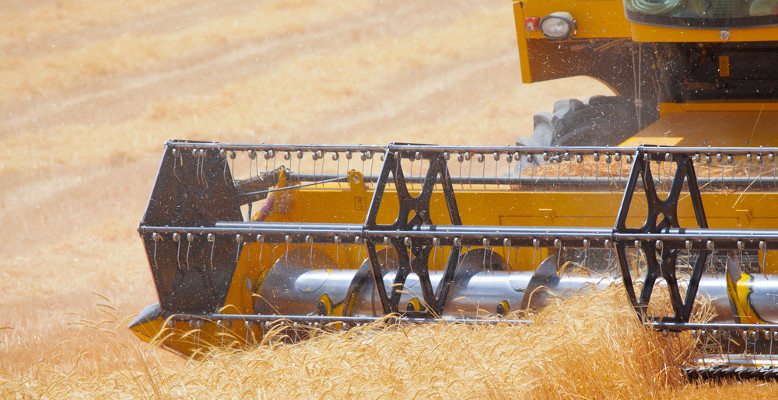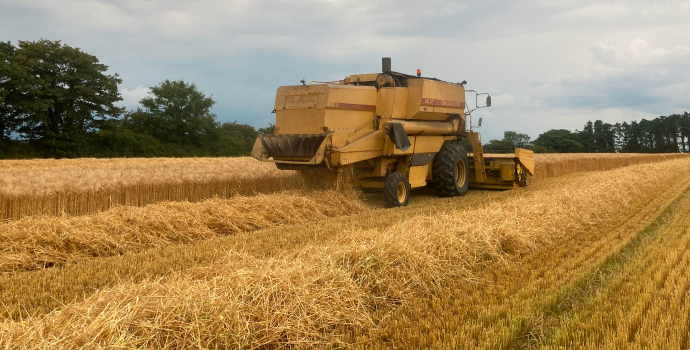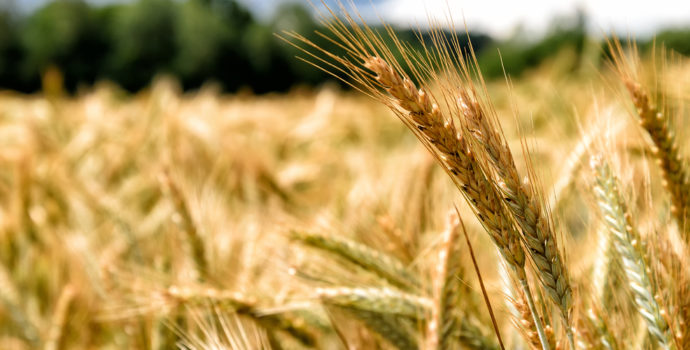
Prices for Irish dried spot wheat and barley have eased slightly in recent days however wheat continues in a range from €214 – €220 while barley is slightly stronger at €216 – €222 depending on whether there is specific demand or not. Jan-Apr values have held steady while forward 2019 prices remain around €190 for barley and €195 for wheat.
Native/Import Dried Prices
| Spot / Nov 21st | Jan – April 2019 | |
| Wheat | €214 – €220 | €218 |
| Barley | €216 – €222 | €220 |
| Oats | €245 – €255 | €260 |
| OSR | €380 | |
| Maize (Import) | €178 | €183 |
| Soya (Import) | €325 | €340 |
Trading of wheat and barley remains quite due to the volume of corn imports. The wide divergence in price between wheat and corn continues to see the animal feed sector substituting wheat for corn. It is typically corn of Ukrainian origin which is arriving at the ports. The Ukrainian ag ministry has upped its 2018 corn production forecast to a record 34.8 million tons which would represent a production increase of 40% compared to last year. In contrast EU-28 production will be down from 61million tons to 60 tons.It again raises the question about Irish and EU cereal growers having to compete against these non-EU cereal producers who operate under a different regulatory regime when it comes to plant protection products and environmental controls.
The Matif Dec 18 wheat price fell below the psychological €200/t level on Monday, however, on a positive note it rallied to remain above the €195/t price point last reached in mid-September. Russian wheat still remains cheap in export markets and with global corn prices up only 3% YTD compared to a 17% increase YTD for wheat ,these factors are limiting any further upside on wheat prices for the moment. The US wheat harvest is all but finished and now markets will turn their attention to the southern hemisphere where the wheat harvest has now commenced in Argentina. Estimates put the predicted harvest at 19.1m tonnes, but initial optimism has been tempered by quality issues which are arising from wet conditions.
According to the U.S. Department of Agriculture (USDA) the U.S. soybean harvest is 91 percent complete, behind expectations of 93 percent and the five-year average of 96 percent. However, farmers are being forced to store and there are some reports of crops being ploughed in due to the ongoing US/China trade dispute.The soybean price has been further undermined by palm oil futures which currently trade at three-year lows, and the pressure on ethanol production following a further decline in oil prices this week.
In relation to El Nino, Australian meteorologists have updated their El Nino outlook but kept odds at 70 percent for an El Nino to develop before the end of 2018. They continue to see sea surface temperatures rising but note that atmospheric conditions have not yet reached El Nino threshold.


